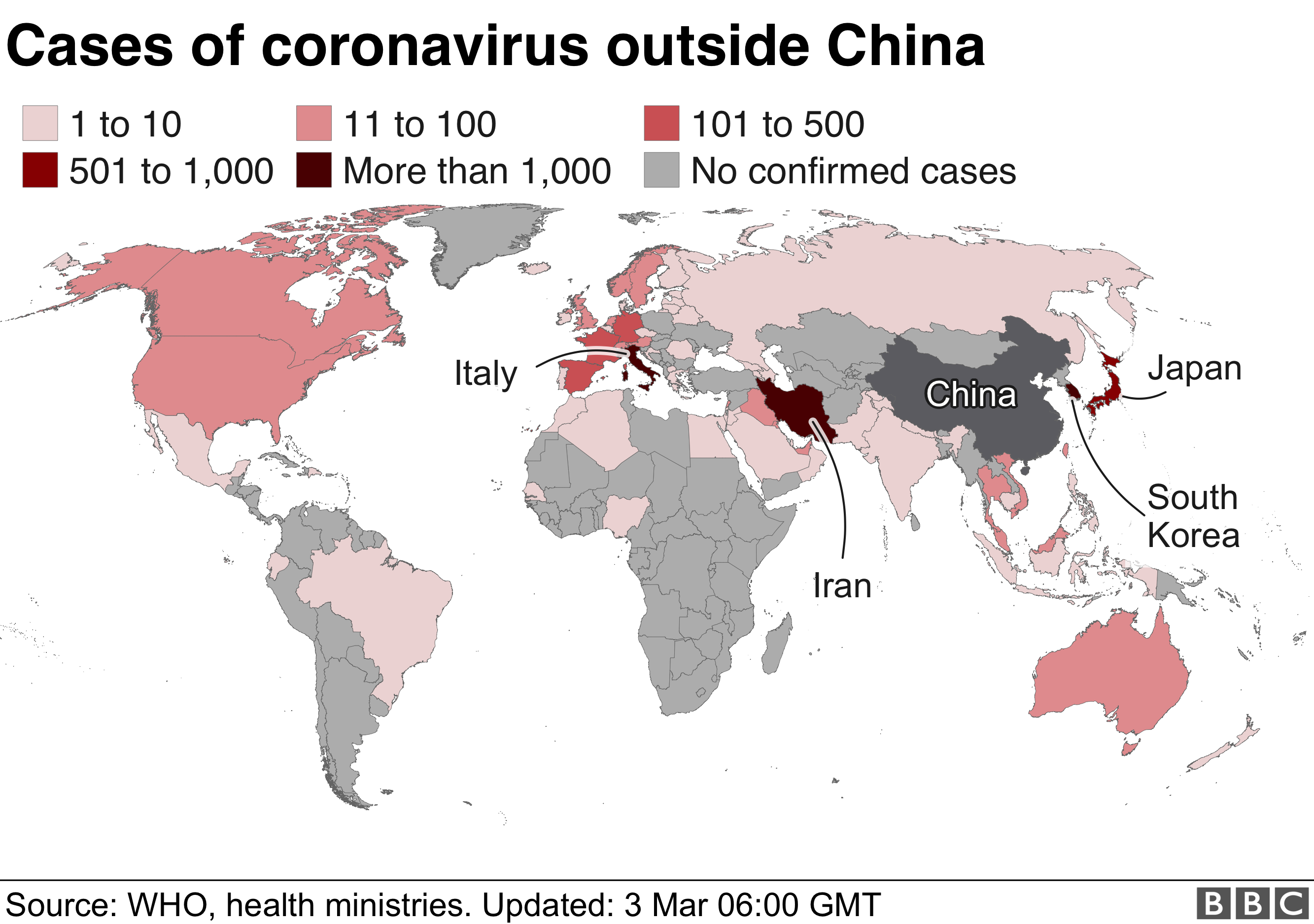Understanding the Global Spread and Impact of COVID-19
The Dangerous Nature of the Virus
High Transmissibility and Incubation Period
The COVID-19 virus has shown to be highly transmissible, primarily spreading through airborne droplets. Studies have found that it can remain infectious in the air for several hours and on surfaces for up to 3 days. The incubation period ranges widely from 2 to 14 days, during which infected individuals may not show any symptoms but can still spread the virus. Some cases have shown individuals testing negative initially but developing severe symptoms hours after long flights. This highlights the unpredictability of the virus and challenges in containment.

Asymptomatic and Pre-Symptomatic Spread
Another concerning factor is that some infected individuals may not experience any symptoms but can still transmit the virus to others. They may feel slightly unwell or exhibit mild flu-like symptoms without realizing they have COVID-19. This asymptomatic and pre-symptomatic spread has significantly contributed to the rapid global transmission. Considering the number of contacts and surfaces an infected person comes in contact with daily, the virus can easily spread to a large number of individuals before they show symptoms or get tested.
Global Transportation Facilitates Rapid Spread
Role of International Air Travel
The widespread use of commercial air travel has enabled international spread of the COVID-19 pandemic. Aircraft facilitate close contact between a large number of passengers in confined spaces with limited air circulation. A single infected traveler can potentially transmit the virus to many co-passengers over long-haul flights. This has allowed the virus to rapidly disseminate across international borders to all continents except Antarctica.
Community Transmission through Local Transport
Within countries, public transport modes like trains, buses and metros also enable community transmission. While not as efficient as air travel, these systems bring people into regular contact, raising risks of infection. Common surfaces are often touched by many users, providing opportunities for the virus to spread. The high passenger volume and frequencies of local transport have compounded outbreaks worldwide.
Educational Settings and Social Events Drive Community Outbreaks
Role of Schools in Silent Community Spread
Schools have emerged as hotspots due to the congregation of large student populations in enclosed spaces daily. Even though children generally experience milder symptoms, they can efficiently transmit the virus to each other and carry it back home. This silent community spread in educational institutions has significantly contributed to rising case numbers globally.
Superspreading Events at Mass Gatherings
Social events bringing people into close physical contact, such as concerts, festivals and sporting matches, have led to superspreading. A single infectious person can potentially transmit the virus to dozens or even hundreds at such crowded venues. Tracing efforts have linked several early outbreaks to such mass gathering events. The highly transmissible nature of COVID-19 and opportunities for pre-symptomatic spread at such gatherings accelerated disease dissemination worldwide.
Challenges in Developing Effective Countermeasures
Limitations of Non-Pharmaceutical Interventions
With no pre-existing immunity or proven medical treatments, non-pharmaceutical measures like hygiene practices, social distancing and lockdowns formed the mainstay of the initial response. However, adherence is challenging over long periods. Further, the full impact of new variants with higher transmissibility potential remains unclear. Sustaining behavioral changes until mass vaccinations is difficult.
Complexities of Vaccine Development and Rollout
Developing safe and effective vaccines within a year was an unprecedented achievement. However, large-scale manufacturing and equitable global distribution continue to pose hurdles. Vaccine hesitancy and limitations in supply relative to demand in some regions are other ongoing issues impacting control efforts. Emerging evidence on waning immunity also underscores the need for continuous vaccination updates.
Long-term Strategies for Global Pandemic Preparedness
Investing in Global Surveillance Networks
The delays in first detecting and responding to COVID-19 highlighted gaps in existing infectious disease monitoring systems. Investing in a robust global network of sentinel sites, laboratory capacity, and data sharing infrastructure is crucial to achieve early outbreak identification in future.
Strengthening Regional and Local Healthcare Systems
Healthcare systems worldwide faced immense strain due to the surge in COVID-19 cases. Long-term planning must focus on building resilient primary care and public health infrastructure at regional and community levels globally. This will better equip nations to handle future health security challenges.
Promoting Open Collaboration and Coordinated Action
Global cooperation on scientific research, supplies management and synchronized responses will be important for tackling emergencies with pandemic potential in an interconnected world. Platforms bringing together governments, industry and multilateral agencies must be strengthened to facilitate open knowledge and resource sharing.
In summary, COVID-19 highlights the grave health, social and economic consequences of pandemic threats. Urgent action is needed internationally to build collective defenses against future known and unknown microbial dangers.
